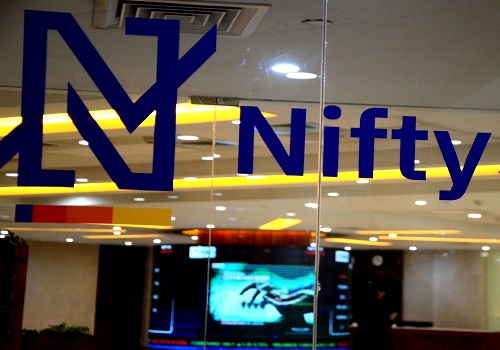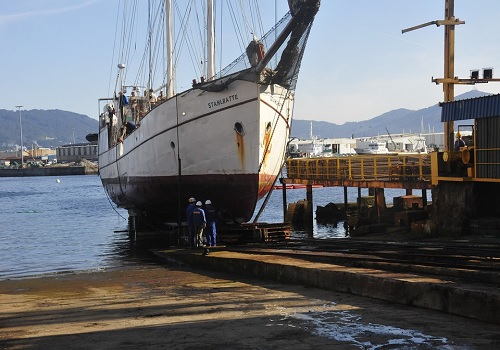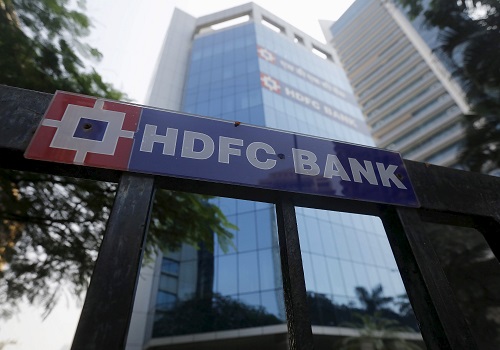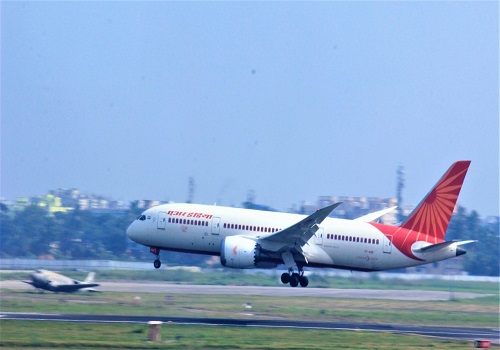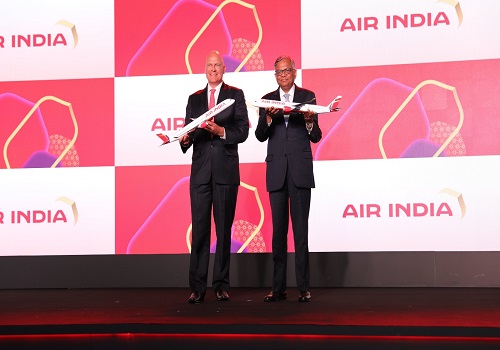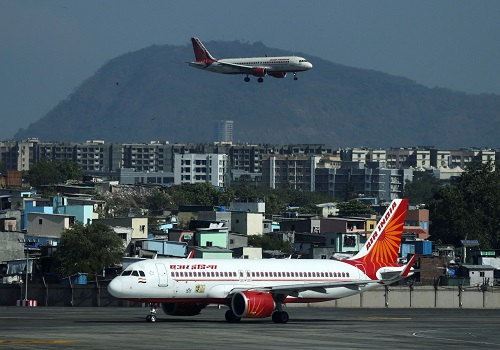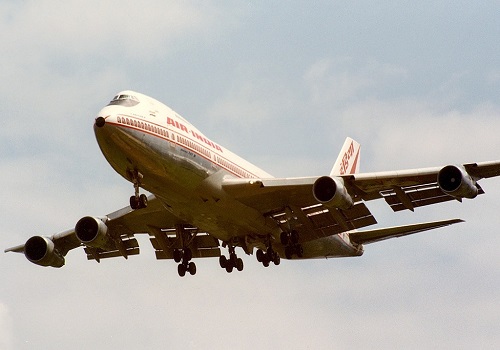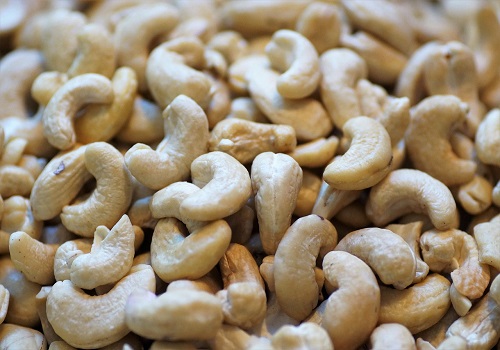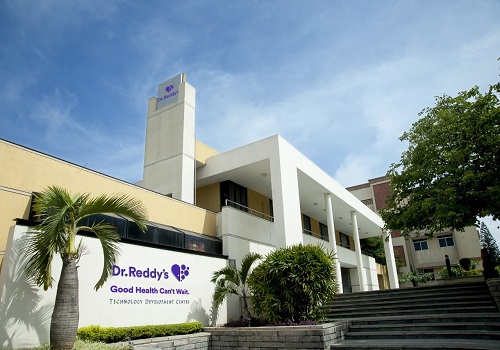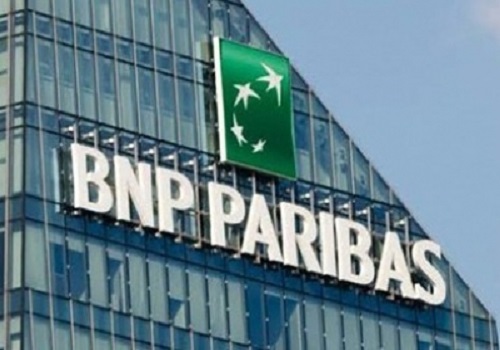Post-pandemic travel boom has resulted in healthy yields for airlines
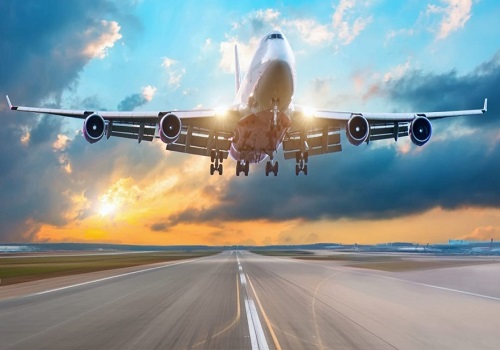
Follow us Now on Telegram ! Get daily 10 - 12 important updates on Business, Finance and Investment. Join our Telegram Channel
Explaining the continuing financial choppiness afflicting the Indian carriers, an expert industry watcher blames it on multiple structural factors -- absence of a strong capital structure and low-cost infrastructure, the heavy taxation burden on aviation turbine fuel (ATF), and the fact that 60-70 per cent of costs are dollar denominated.
In an interview with IANS, Jagannarayan Padmanabhan, Senior Director, Consulting, CRISIL Market Intelligence and Analytics, said the duopoly in the market, which is dominated today by Air India and IndiGo, coupled with the release of the pent-up demand for travel, has led to "Indian airlines enjoying healthy yields rarely seen over the past decade, allowing them to streamline their balance sheets, which were severely impacted by the pandemic".
Excerpts from the interview:
Q. What is the current status of Indian-owned airlines?
A. The Indian aviation sector was chugging along healthily, rising to become the third largest in the world when measured by domestic passengers carried, when it was hit first by the grounding of Jet Airways and then by the pandemic lockdown, leading to airlines ceasing operations. Yet, India was one of the few nations where no airline exited on account of the pandemic.
The privatization of Air India was a watershed moment for Indian aviation and it has led to a strong competitor emerging to challenge IndiGo as the TATA group has also completed the takeover of AirAsiaIndia. The two airline groups account for 85 per cent of the Indian domestic market, leading to a duopoly in the market..
The recovery from the pandemic and the untapped potential of Indian aviation, considering that India still has one of the lowest number of air trips per capita (0.14, compared with three to four for developed nations) has led to consecutive world record orders by Indian airlines -- Air India, 470 aircraft, followed by IndiGo with 500.
Smaller players are struggling due to legacy issues as well as technical issues with an OEM (original equipment manufacturer), but for the two dominant airlines, there is a significant runway for growth in the medium to long term.
Q. New airlines taking off and crash landing has been a regular feature in India. Why do you think this happens?
A. There are structural factors at play for a number of startup airlines fading away quickly. Most of the new airlines lack a strong capital structure -- and airlines are capital guzzlers especially in the infant stage.
Further, the airlines lack differentiated products/offerings and try to ape the incumbents by flying on similar routes. Look at the airlines that have done well.
IndiGo started with the idea of a no-frills airline with strict focus on on-time performance and delivered on the same. Vistara was launched with the idea of getting the best of service and hospitality to the Indian market, and both have survived the brutal wars.
Both low cost carriers (LCCs) and full-service carriers (FSCs), moreover, continue to operate at the same airports and this leads to high airport and other charges.
Indian regulations, moreover, did not allow for International operations for five years; now, the requirement has been reduced to the acquisition of 20 aircraft, allowing well-capitalised carriers to get aggressive with their fleet plans and begin higher-yielding International operations (Akasa is on the verge of receiving its 20th aircraft, which will enable it to commence its international operations within a year of its launch).
Q. What are the major expense heads for an airline? What is the kind of flexibility available to them to reduce the costs?
A. As per data from FY20, the last non-Covid year where financial numbers for all airlines are available, variable costs account for 70 per cent (fuel 41 per cent, landing fee 10 per cent, others 18 per cent), and fixed and semi-fixed for 30 per cent (rentals 3 per cent, employee 13 per cent, and repair and maintenance 15 per cent).
As for flexibility in managing the costs, fuel expenses can be reduced only to a certain extent by deploying fuel-efficient aircraft as price is the major driver of fuel expenses.
Employee costs are on the upswing on account of the massive cuts during the pandemic and rising attrition as global players are offering better packages.
The repair and maintenance costs are coming down as more MROs are being set up in India leading to a rationalisation of costs.
Q. What are the revenue streams for an airline and what trends do you see?
A. Indian airlines focused on passenger revenue with cargo revenue being an afterthought. Only SpiceJet realised the importance of cargo revenues and created SPiceXpress. During the pandemic, airlines finally recognised the importance of cargo revenues, leading them to refocus on cargo operations.
Q. Is pricing an issue with airlines? If yes, in which sector -- domestic or overseas?
A. The Indian market was notoriously tough for pricing because of intense competition, with players jostling to capture market share and financially weak airlines resorting to discounting to shore up cash.
The closure of a couple of airlines, coupled with the brutal impact on airline balance sheets and the rise of a duopolistic market, has led to improved pricing power for Indian airlines in the domestic market.
Q. Can a low-cost airline succeed in India? If yes, how?
A. IndiGo is the best example of an LCC not just succeeding, but flourishing. It has placed the world's largest order for 500 aircraft and crossed the Rs 1 lakh crore market cap. Some lessons to be learnt from its success story are: Being nimble in the face of opportunities (demise of Kingfisher); a strong balance sheet that allowed it to tide over the pandemic; planning ahead; intense focus on costs and on-time arrivals; and operating a young fleet.
Q. What patterns do you see in load factor?
A. Pre-pandemic, Indian airlines were operating at 85-86 per cent load factors in the domestic space and this declined to 40-50 per cent in the first phase of resumption of operations post pandemic. With passenger traffic having recovered now to pre-Covid levels, PLFs are hovering around 84-87 per cent in the domestic market.
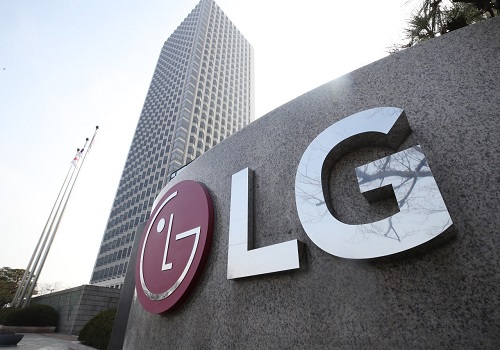
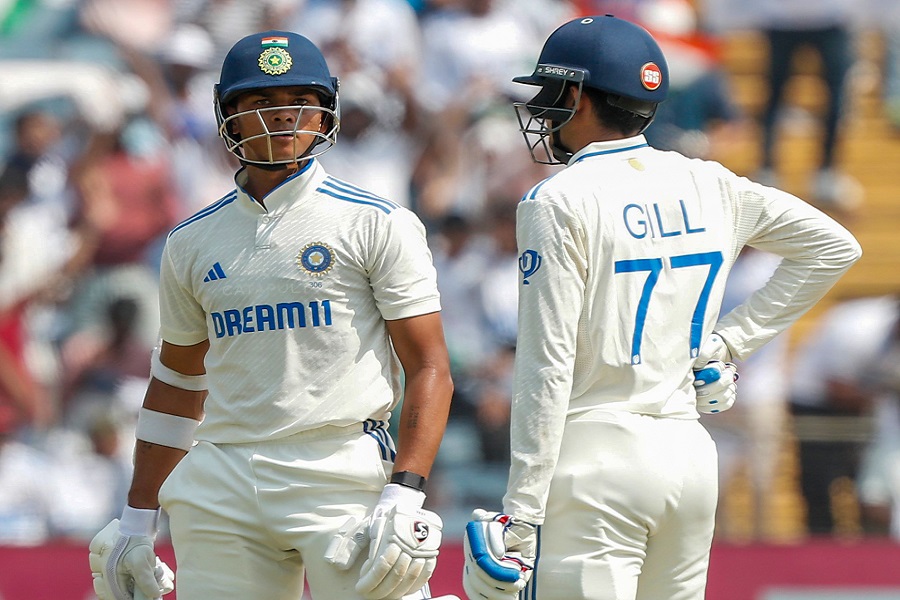

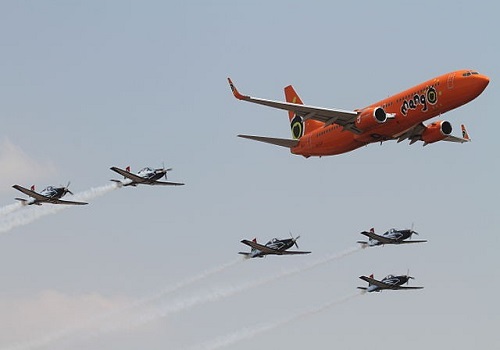
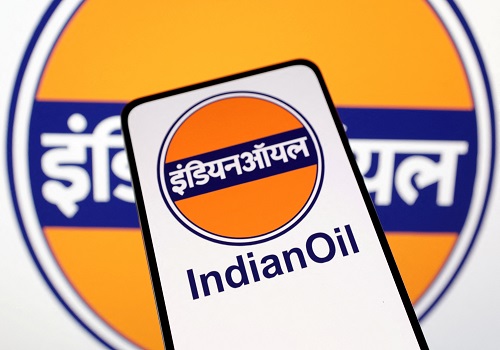
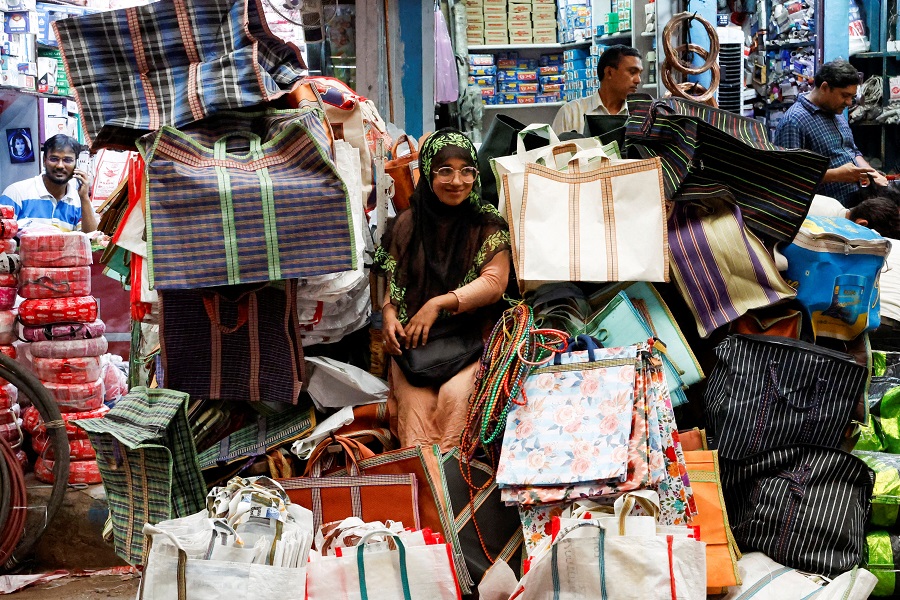

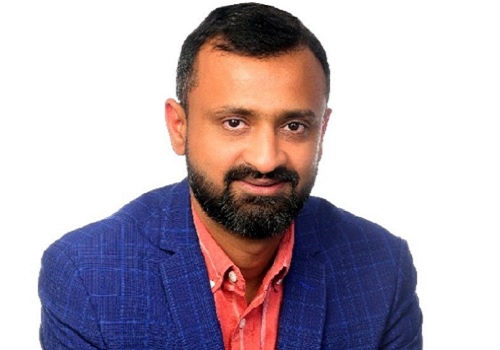
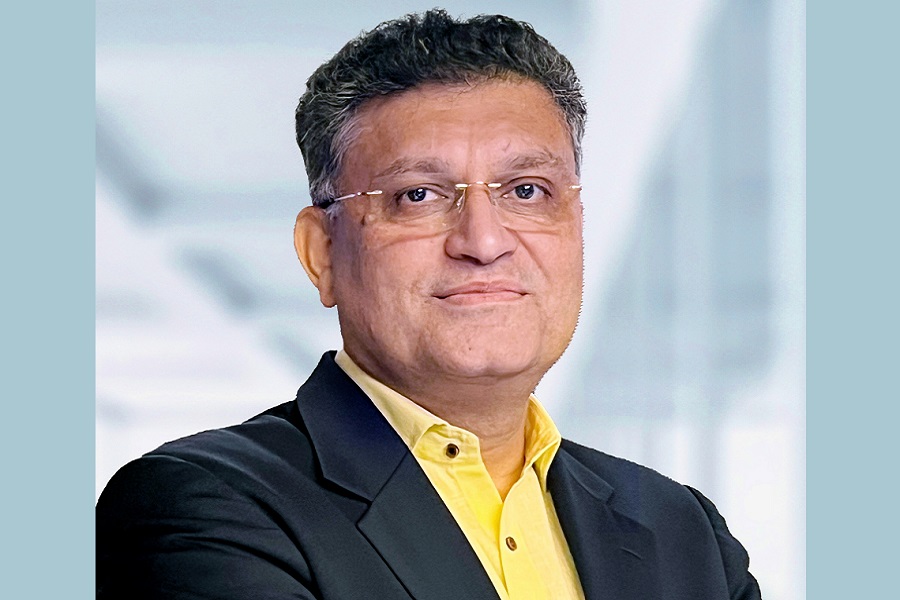



 320-x-100_uti_gold.jpg" alt="Advertisement">
320-x-100_uti_gold.jpg" alt="Advertisement">

